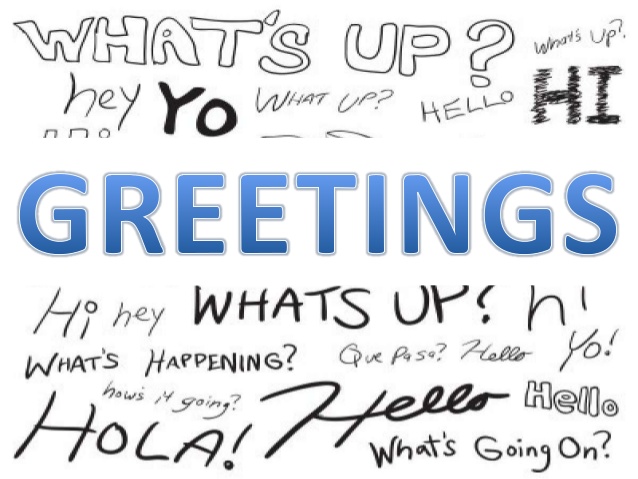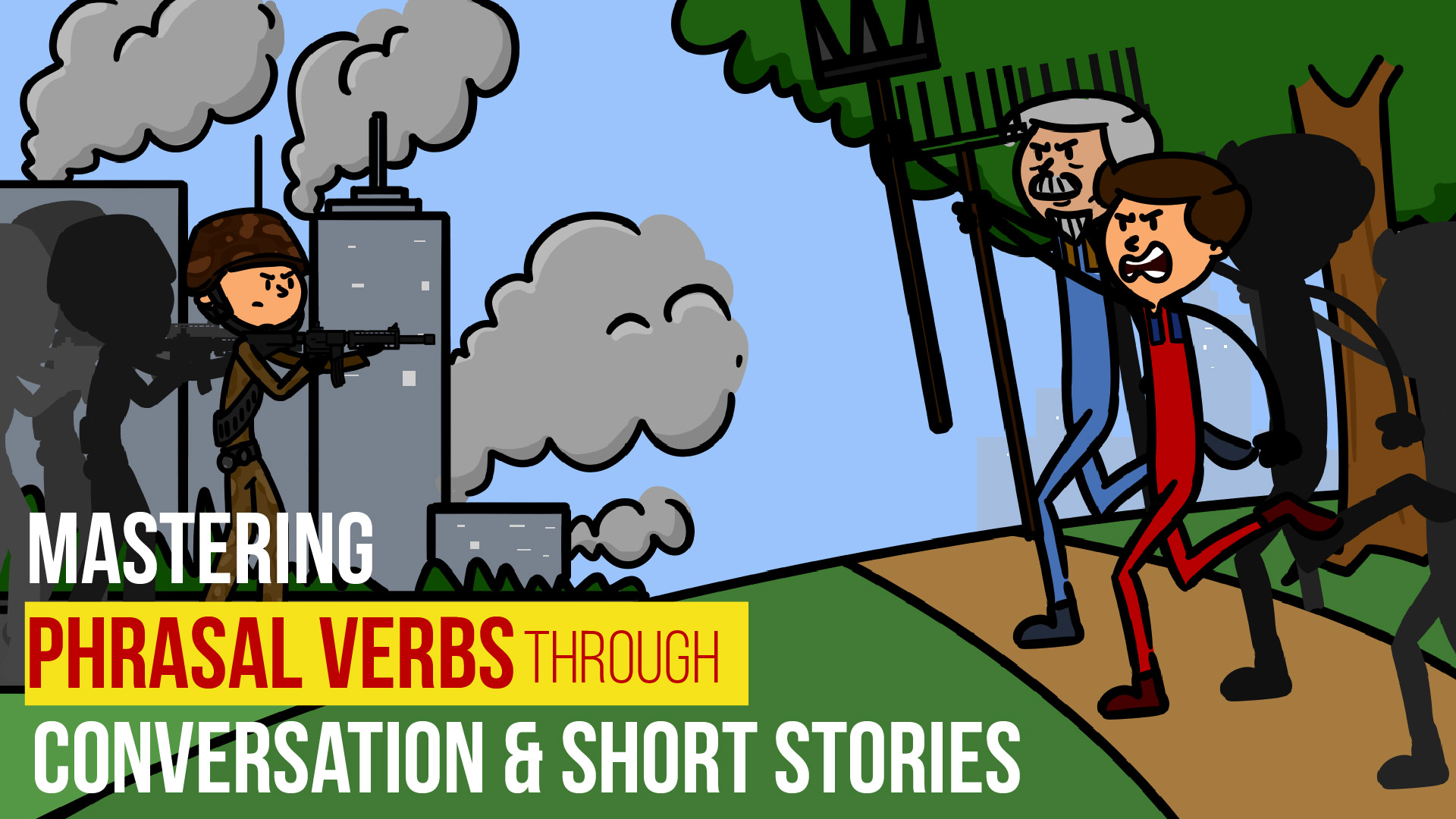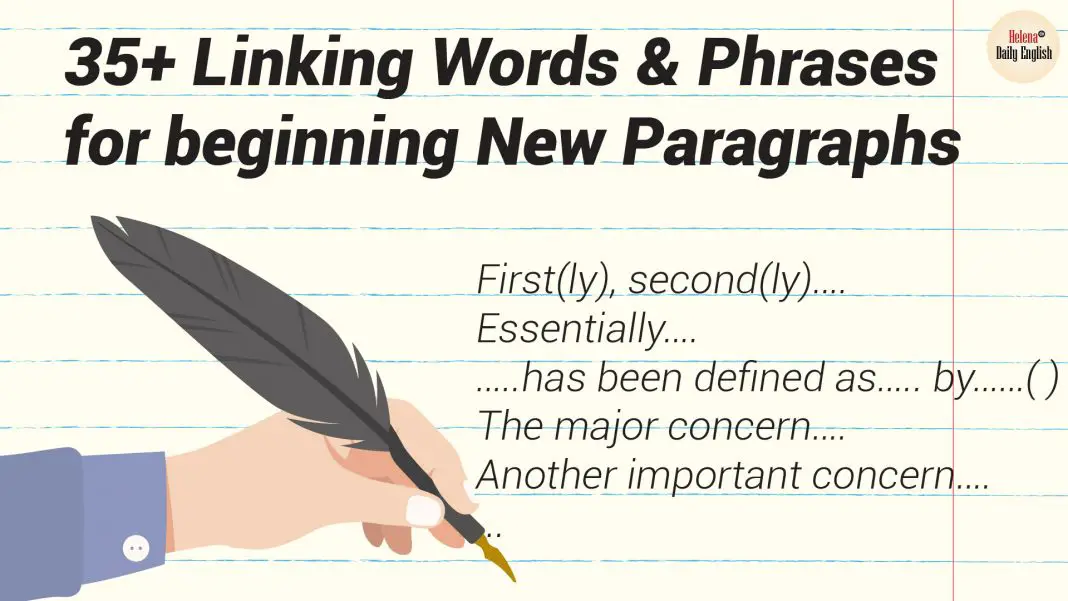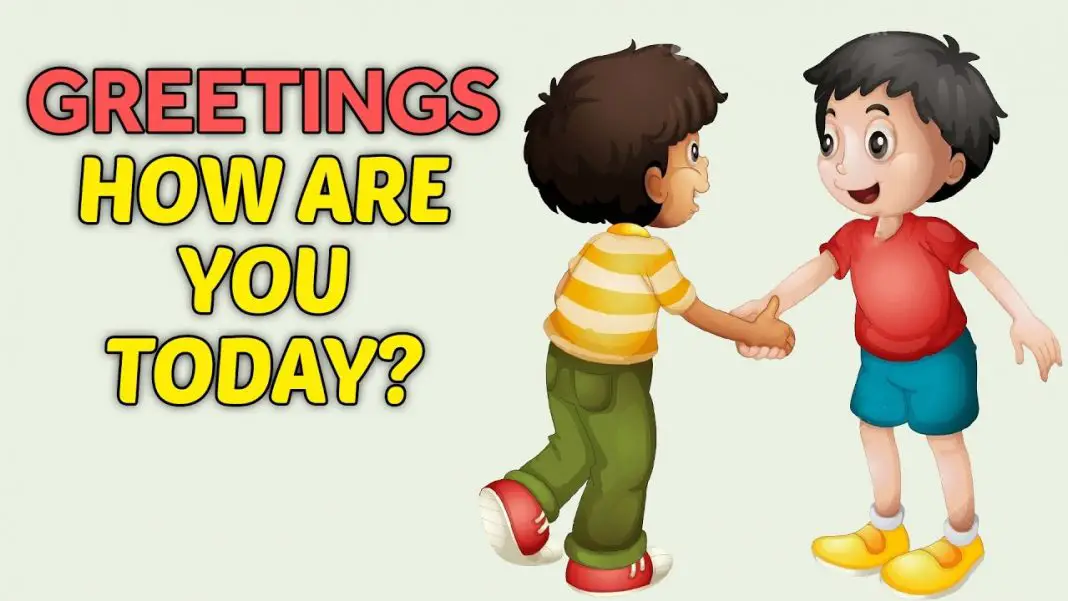JAMES: Good morning, Professor Austin, how are you doing?
PROFESSOR AUSTIN: Good morning, James. I am doing well. And you?
JAMES: I’m great, thank you. This is my friend Emma. She is thinking about applying to this college. She has a few questions. Would you mind telling us about the process, please?
PROFESSOR AUSTIN: Hello, Emma! It’s a pleasure to meet you. I’m more than happy to speak with you. Please stop by my office next week.
EMMA: It’s a pleasure to meet you, professor. Thank you so much for helping us.
PROFESSOR AUSTIN: Don’t mention it. Hopefully, I will be able to answer your questions!
=============
LANGUAGE NOTES
• The greetings good morning/good afternoon/good evening are used at different times of the day to greet people. “Good evening” is often used after 6 p.m. or generally when the sun has set.
• “Good night” is not a greeting: It is used when leaving a place or group of people.
Thank you and good night!/Good night, and see you tomorrow.
• When people meet in the United States, it is customary for them to shake hands. A handshake should be firm and usually lasts for about two to three seconds — which allows enough time to say “Nice to meet you.”
• “Don’t mention it” is another way of saying “You’re welcome.” The phrase “You are welcome” is more formal. However, responses such as Don’t mention it./No problem./ Happy to help. are informal ways of responding to a thank you.





